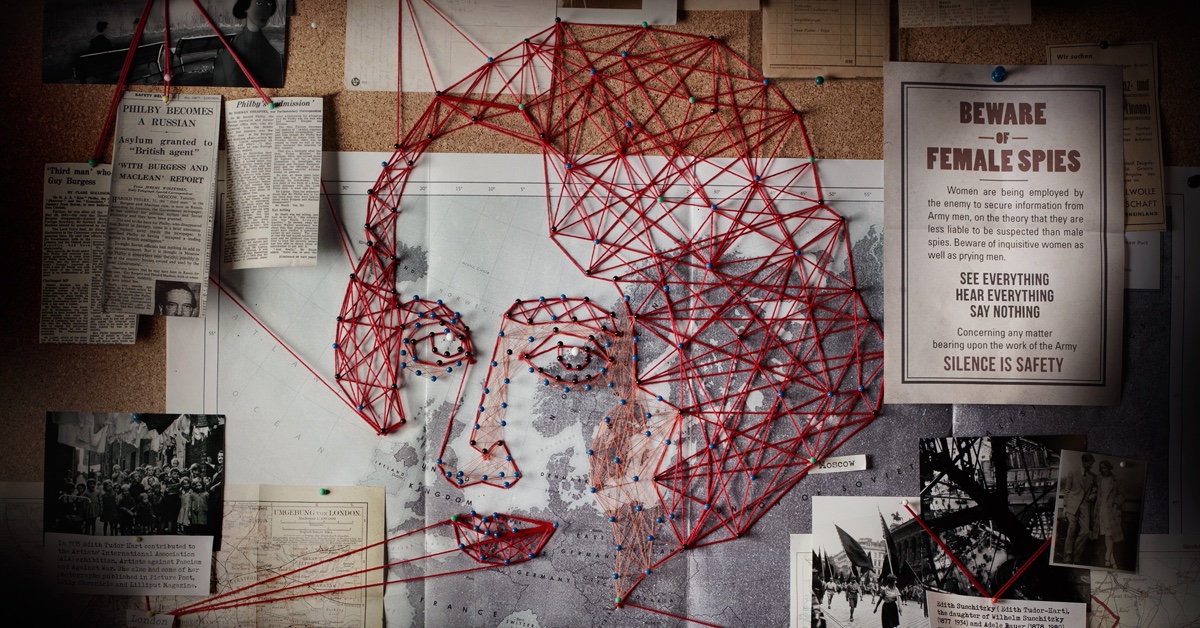There’s something rather romantic about the notion of being a spy, particularly in the way they are usually depicted in popular culture. The most famous example is, of course, James Bond. It’s a life which has been glamourised. One of fast cars, beautiful women, excitement and adventure. Until fairly recently, it has been a fictional world dominated by men. Even though the most famous real secret agent is undoubtedly Mata Hari. Indeed, women have long been considered particularly gifted in the craft.
Edith Tudor-Hart (nee Suschitzky) was born in Austria in 1908. She studied photography in Germany, whilst at the same time working as a Montessori teacher. It’s at work where her radical views came to fruition, becoming active as an anti-fascist and communist. She used her photography as a way of disseminating her ideas, documenting poverty, social deprivation and the lives of the poor. She was recruited by Arnold Deutsch in Vienna to work for the Soviets and it’s through him that she became an integral part in Britain’s greatest spy scandal.
Peter Stephan Jungk’s film Tracking Edith lifts the veil on a character who was instrumental in the establishment of the ‘Cambridge Five’, including turning Kim Philby. She was Jungk’s great aunt. Combining interviews with family and friends, impressively animated reconstructions and trawling the archives, he pieces together her story. Tracking Edith is a fascinating tale of a pivotal and shadowy figure. Not only detailing her involvement in the world of espionage but also documenting her life and art.
Tracking Edith opens in cinemas on 27 July.












No Comment